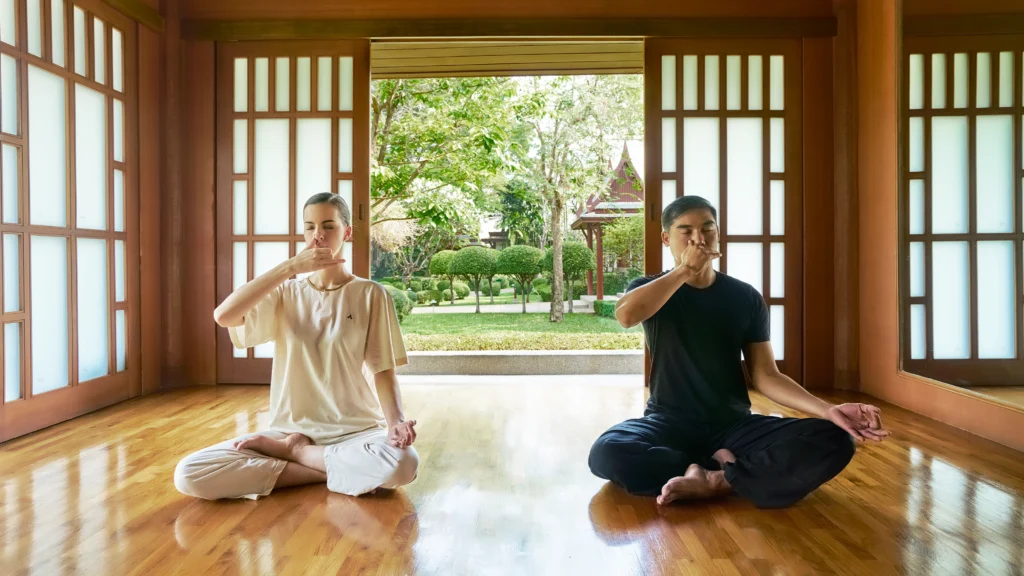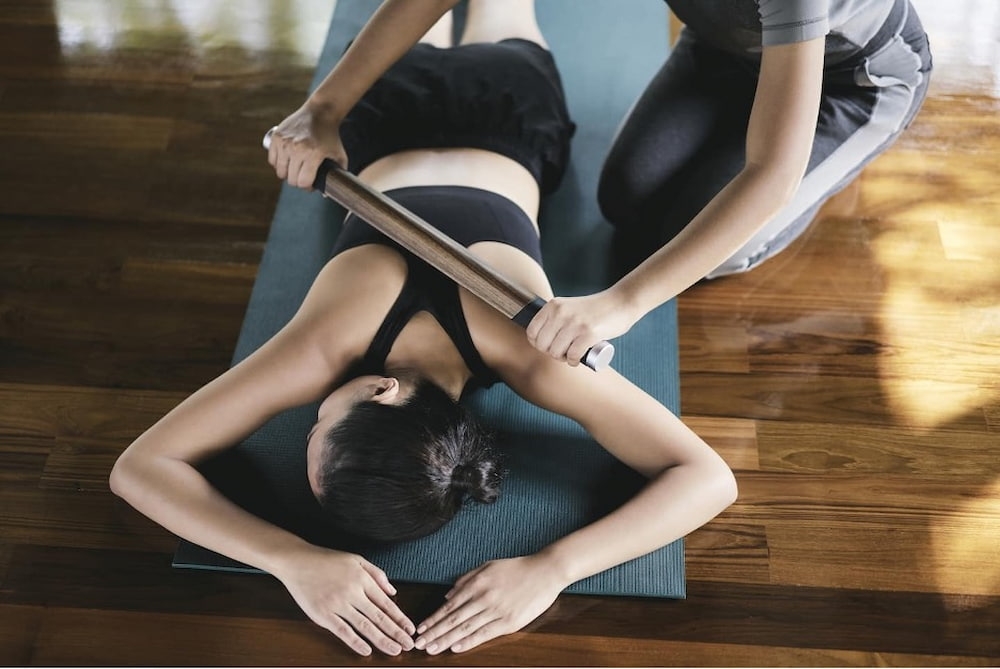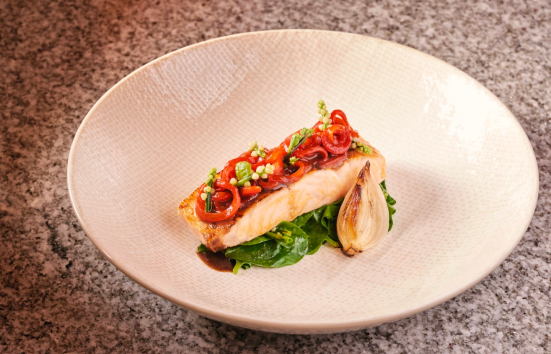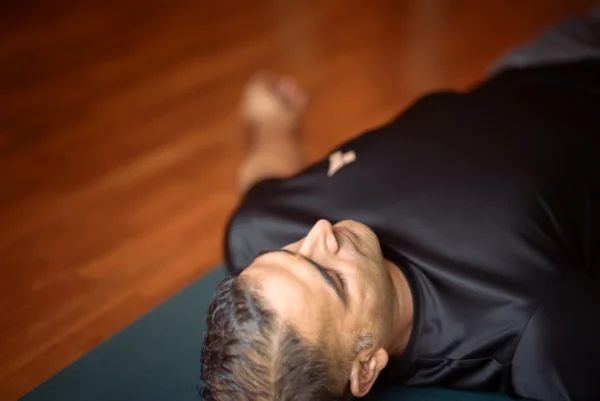Managing Chronic Pain: Holistic Strategies to Ease Your Suffering
Pain is a warning system from your body that something is wrong, and it will affect everyone in some form throughout their lives. Pain also comes in many different guises. It may be widespread or localised, mild or extreme, dull or sharp.
Acute pain is a normal response to an injury or medical condition, and it is usually short-lived. Chronic pain, however, continues beyond the time expected for healing, generally lasting longer than three months, and can be an unwelcome constant companion, or an irritating intermittent visitor.
What causes chronic pain?
Chronic pain can be the result of normal ageing, the wear and tear of bones and joints such as with osteoarthritis. Various diseases such as fibromyalgia, rheumatoid arthritis and cancer can also cause pain. In many cases, however, diagnosis is complicated and no one cause can be pinpointed.
The devastating impact of chronic pain.
Chronic pain can interfere with everyday activities, limiting self care and movement. It can restrict a person’s ability to function normally, to work and to socialise. Pain can also both affect, and be affected by, a person’s state of mind. The nature of chronic pain – the fact that it is ongoing and in some cases seems almost constant – can make a person more susceptible to depression and anxiety. At the same time, devastatingly, psychological distress can amplify pain.
Standard medical interventions include medication, nerve blocks, and in some cases surgery. There are, however, several alternative therapies available, and what works best for each person will vary depending on their type and level of pain.
Alternative therapies for pain management
Physical therapy can help alleviate pain caused by injuries or chronic conditions. Physical therapists use various exercises and other techniques to improve strength, flexibility and mobility.
Massage therapy can help reduce muscle tension and pain, increase circulation, and promote relaxation.
การฝังเข็ม is a traditional Asian medical technique that involves the insertion of thin needles into specific points on the body. This technique is thought to stimulate the body’s natural pain relief mechanisms and improve overall wellbeing.
Mind-body therapies to practise at home
Mind-body therapies can reduce tension and stress, which may in turn reduce pain levels. There are a variety of techniques to choose from that can be done at home or with guidance from others.
Deep breathing: find a quiet, comfortable place to sit or lie down. Take a slow, deep breath in through your nose, hold for a few seconds, then slowly exhale through your mouth. Focus on release, imaging the pain leaving with each breath as you aim to bring balance back to your mind and body connection. Repeat several times.
Meditation: close your eyes and focus on your breath, inhaling and exhaling slowly and deeply. Use your breathing to address your pain, acknowledging its presence and moving it on. Focus on calming your mind and body, strengthening your spirit as you take back control of your thoughts. If your mind starts to wander, gently bring your attention back to your breath.
Guided imagery: close your eyes and imagine a peaceful scene, such as a beach or a forest. Use all of your senses to imagine the scene in as much detail as possible. Use that level of concentration to guide your focus away from your pain. See it as a form of self-hypnosis where, if only for a few moments, you enter a space of tranquility and release where pain does not dominate your every thought.
Progressive muscle relaxation: start by tensing the muscles in your feet for a few seconds and then relax them. Move onto your calves, thighs, abdomen, chest, arms and so on, tensing and then relaxing each muscle group. Feel the power of the body that serves you, not the pain that drains you.

Yoga: yoga combines physical postures with breathing and meditation. Some yoga poses, such as downward dog and child’s pose, can relieve tension and reduce pain in the back and neck.
Other home practices: exercise has a host of health benefits, and one of these is the release of endorphins, which are the body’s natural painkillers. Gentle exercise can stretch aching joints and bring a sense of achievement that provides hope. Hot and cold therapy can be as simple as taking a warm bath or shower to relax sore muscles, while an ice pack can reduce swelling and numb pain. Heat lamps and cooling gels can also work wonders. Herbal compounds, for example, Tiger Balm, can also bring relief.
Conclusion
It is important to note that pain management strategies will vary depending on the type and severity of the pain, as well as each individual’s overall health and medical history. A healthcare professional should always be consulted before beginning any pain management regimen.
Holistic pain management at Chiva-Som
Chiva-Som offers several programmes that may be helpful for pain management, including the Optimal Performance and Natural Renewal retreats.
Optimal Performance: by increasing optimising physical performance pain causing activity can be mitigated. The programme includes personalised exercise sessions, physiotherapy, aqua therapy, and various holistic treatments such as acupuncture, deep-tissue massage and hydrotherapy and is perfect for anyone interested in non-medical pain relief.
Natural Renewal focuses on restoring balance naturally. The programme includes traditional Thai treatments, such as Thai massage and herbal compresses, as well as other holistic techniques including meditation, yoga and breathing exercises. It works well for anyone interested in natural remedies for mind and body pain relief.









